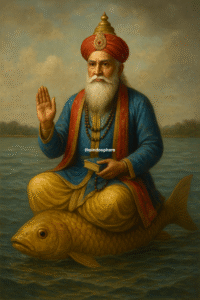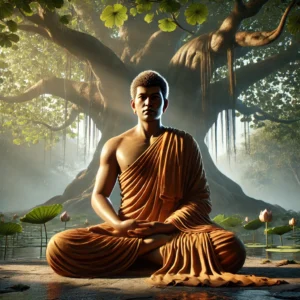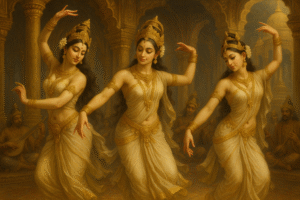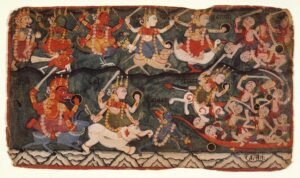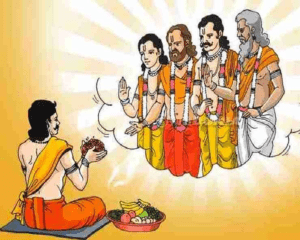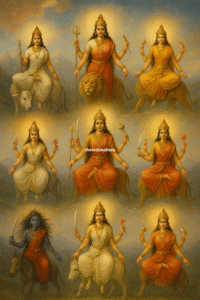Airawat, also known as Airavata, holds a unique and revered place in Hindu mythology as the divine elephant that serves as the mount (vahana) of Lord Indra, the king of the gods and the ruler of the heavens. Airawat is often referred to as the “Lord of All Elephants,” symbolizing his supreme status among all pachyderms.

Birth and Origin
The origin of Airawat is deeply rooted in one of Hindu mythology’s most famous stories—the Samudra Manthan or the churning of the ocean. This event was a cosmic collaboration between the devas (gods) and asuras (demons) to obtain the nectar of immortality, known as amrita, from the depths of the ocean. During this monumental event, various celestial beings and treasures emerged from the ocean, including the divine elephant Airawat.

Airawat’s emergence from the ocean symbolizes his divine creation and his association with the cosmic balance. As one of the treasures of the ocean, Airawat was chosen by Lord Indra as his mount, highlighting his importance among the gods.
Symbolism in Hindu and Buddhist Traditions
Airawat’s primary role in mythology is as the vahana of Lord Indra. Indra, who is often depicted as the god of rain, thunderstorms, and the heavens, relies on Airawat for his divine missions. As Indra’s mount, Airawat is believed to possess incredible strength, speed, and the ability to travel between the earth and the heavens, connecting the two realms.
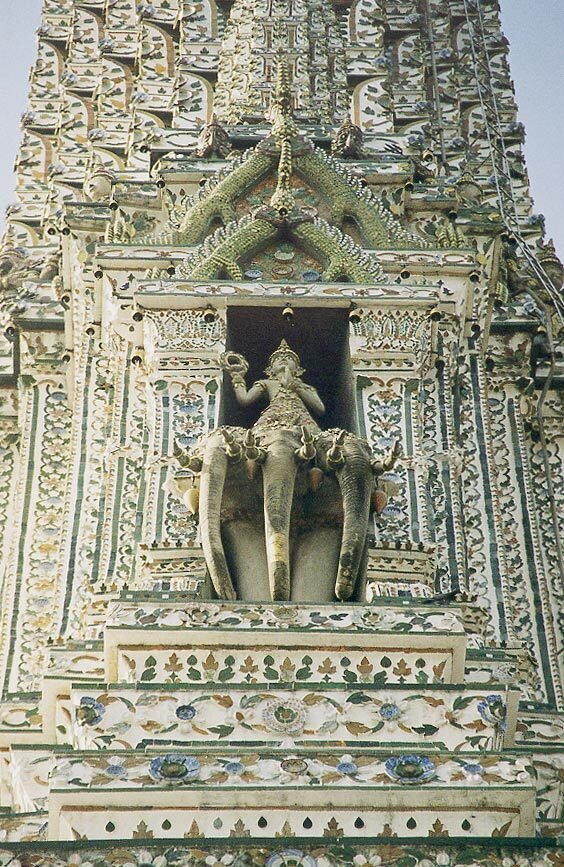
Airawat holds a special place in various temples dedicated to Lord Indra. While direct worship of Airawat is less common, his images are frequently found in the iconography surrounding Indra. He is often depicted in temple carvings, murals, and sculptures, particularly in regions where Indra worship is prevalent.
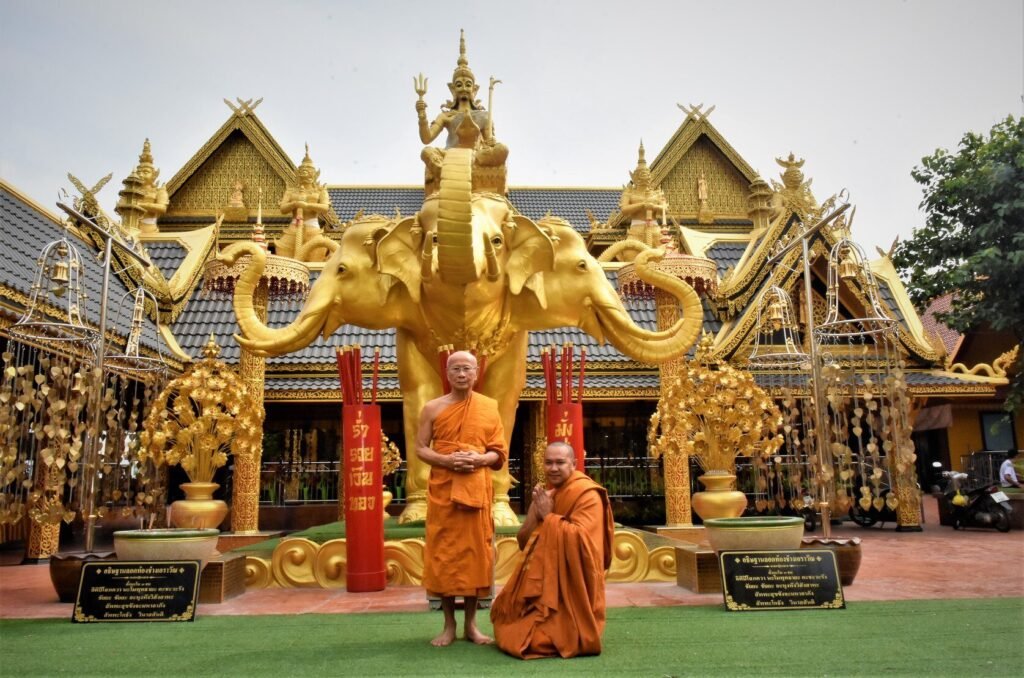
In Southeast Asia, especially in countries like Thailand and Cambodia, Airawat is an important figure in both Hindu and Buddhist traditions. He is revered as a symbol of royal power and is often depicted in the art and architecture of ancient temples.
- Hinduism: In Hinduism, Airawat represents the connection between heaven and earth. He is a symbol of power, wisdom, and loyalty. His association with Indra also connects him to themes of war, victory, and protection.
- Buddhism: In Buddhism, especially in Southeast Asia, Airawat is known as Erawan. He is considered a protector and is often depicted at the entrance of temples. The Erawan Shrine in Bangkok, Thailand, is one of the most famous shrines dedicated to Airawat, where he is worshipped for protection and good fortune.


